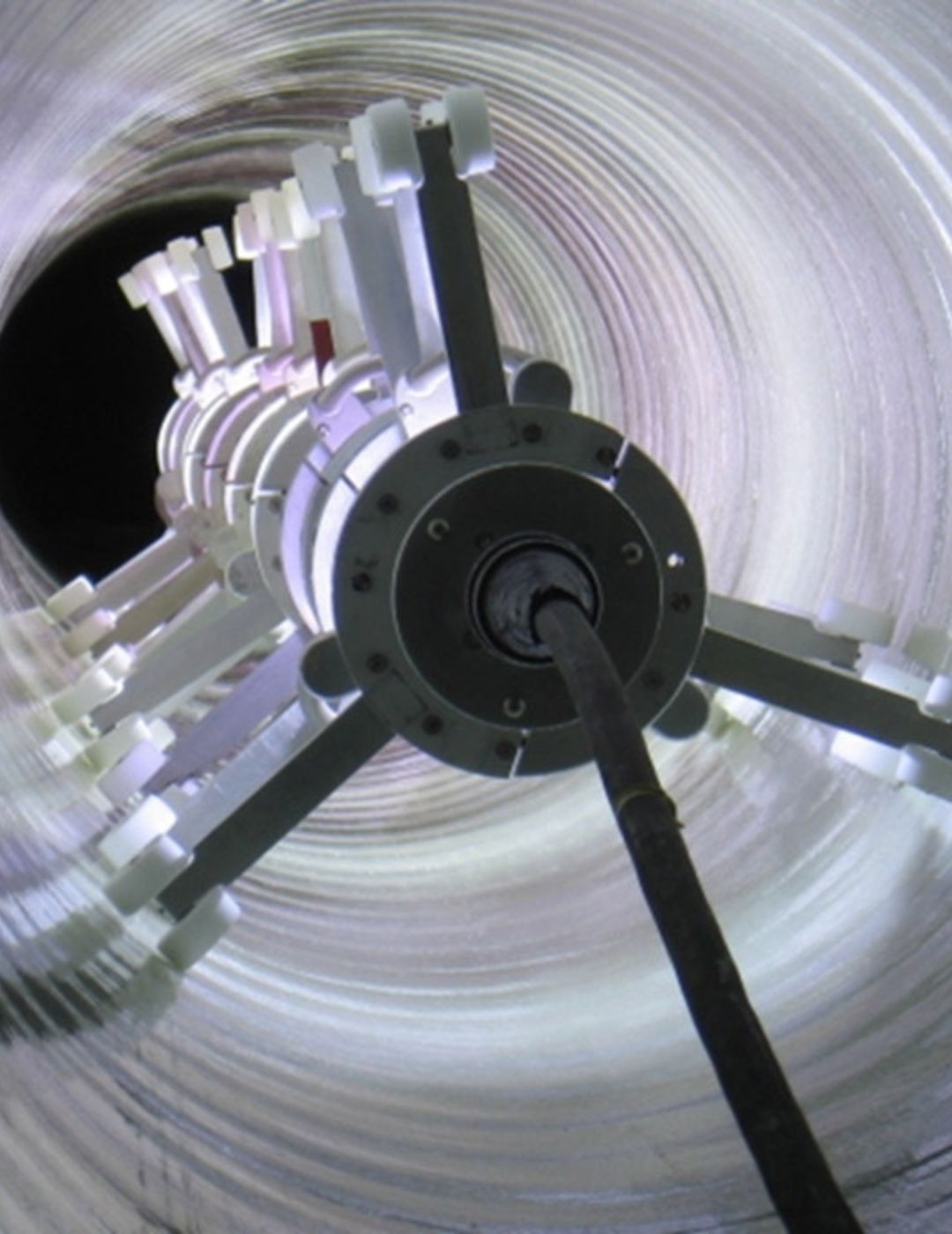CIPP System

Revolutionizing Pipeline Repairs with Cured-In-Place Pipe (CIPP) Technology
Cured-In-Place Pipe (CIPP) stands out among trenchless rehabilitation methods for repairing existing pipelines. CIPP introduces a seamless, jointless "pipe-within-a-pipe" solution with the remarkable capability to rehabilitate pipelines spanning diameters from 0.1 to 2.8 meters (4" to 110"). Widely acclaimed, CIPP finds application in water, sewer, gas, and chemical pipelines, serving both gravity and pressure lines.
The CIPP Process
A resin-saturated felt tube, crafted from materials such as polyester, vinyl ester, or fiberglass cloth, is inverted or pulled into a damaged pipeline, typically from the upstream access point, such as a manhole or excavation. Although inverting the liner from the downstream access point is possible, it carries greater risks. Inverting it upstream to a blind end presents the highest risk among CIPP installation methods. This trenchless process requires minimal to no digging, making it a potentially more cost-effective and less disruptive alternative to traditional “dig and replace” pipe repair methods. Liner inversion can be achieved using water or air pressure, generated via pressure vessels, scaffolds, or a “Chip unit.” To cure the resin and form a tight-fitting, jointless, and corrosion-resistant replacement pipe, hot water, UV light, ambient curing, or steam is employed.
Service laterals in larger-diameter pipes are internally restored using robotically controlled cutting devices, while smaller diameters (100mm) may be reinstated through excavation. Specially designed CIPP materials are used to seal service lateral connections. Typically, polyester or vinyl ester resins are used, allowing an annular space to exist between the new CIPP liner and the host pipe due to resin shrinkage and an inability to bond to sewer substances like fats, oils, and grease. To prevent water from infiltrating this annular space and re-entering the waste stream, water-swelling (hydrophilic) materials are placed at the ends of the host pipe and at lateral connections. The rehabilitated pipe undergoes inspection through closed-circuit television (CCTV), establishing CIPP as a trenchless technology.

